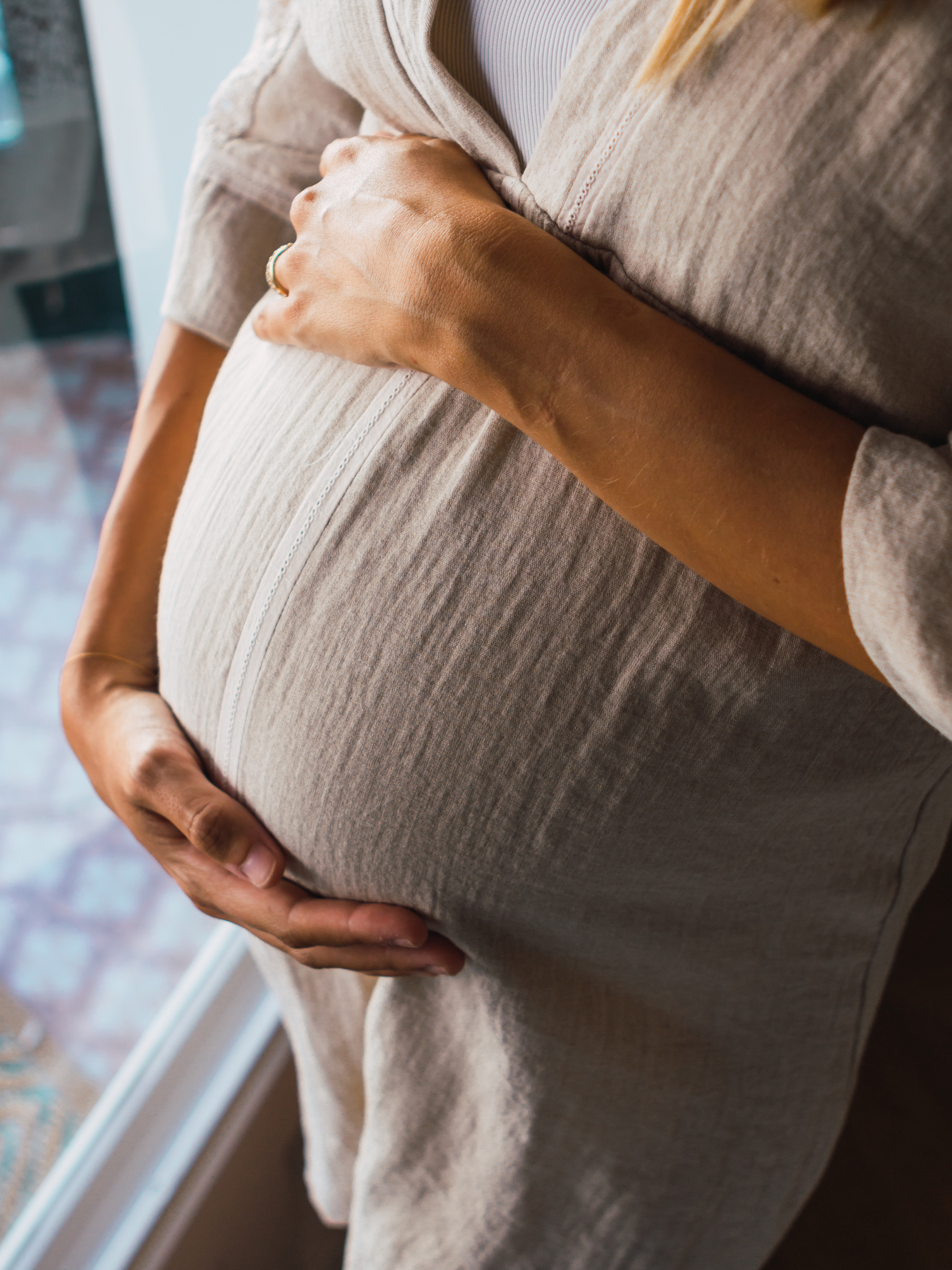
6 things I learnt from wearing a glucose monitor as a dietitian
I’ve always been curious to see how my food and lifestyle choices impacted my blood glucose levels. Here are 6 things I learnt from tracking my glucose responses to food, exercise, sleep, and stress.
As a dietitian, my experiences with glucose monitoring has been to help people with diabetes learn about and better control their blood sugar (glucose) levels. But the latest research suggests there could be benefits for people without diabetes too.
The findings from this research showed that we all have highly personalised glucose responses to food, exercise, stress, and sleep. Understanding how our unique bodies respond to these factors might be a powerful way to improve our overall health, and reduce our risk of developing a chronic disease later in life.
I’ll admit, I’ve always been a bit curious to see how my own food choices impacted my glucose levels, and whether the highs and lows influenced various aspects of health like energy levels, work productivity, and hunger. I’m also the first to admit – even as a dietitian – that I’ve got a huge sweet tooth. Perhaps if I actually saw the effect that these foods were having on my glucose responses, I might swap out the cookie for some fruit.
So with a continuous glucose monitor (CGM) strapped to my arm, I set out on my own personal 14-day health experiment.
What is a continuous glucose monitor (CGM)?
A CGM is a wearable device that consists of a small sensor, usually attached to the upper arm. As it’s worn on your body, it can measure your glucose levels throughout the entire day (24/7). You can track this data in real-time using a smartphone app. Unlike traditional glucometers that analyse glucose from your blood (usually from a finger prick), CGMs measure glucose concentrations in the interstitial fluid (a thin layer of fluid underneath your skin).
What happens to our glucose levels when we eat?
When we eat a high sugar or carbohydrate-containing meal, it’s broken down into its simplest form: glucose. The rate at which glucose is released into the bloodstream is called its glycaemic index. Foods that cause a rapid spike in blood glucose levels are said to have a high glycaemic index. One example is refined carbohydrates found in white bread, cakes, cookies, pastries, and white sugar.

If you tend to eat a lot of sugary foods and refined carbohydrates across the day, it’s likely that you experience the extremes of both high and low blood glucose (otherwise known as blood sugar ‘spikes and crashes’). The rise and fall in blood sugar is normal, but when they occur too frequently they can impact various aspects of health like energy, sleep, appetite, metabolic health, and exercise performance. In the long-term, this can increase your risk of type 2 diabetes, heart disease, and weight gain.

So here it is. 6 things I learnt during my 14-day glucose experiment, and what I think everyone might find interesting about glucose responses.
1. “Naked carbohydrates” spiked my glucose levels 🥐
This is somewhat unsurprising, as we know that “naked carbs” – meals without protein, fat, or fibre – are rapidly broken down and absorbed into the bloodstream. This produces a sharp rise in glucose, followed by a steep descent (aka., the dreaded sugar crash). For me, this was often accompanied by low energy and reduced productivity.
Foods that spiked my glucose levels:
- Vegetarian risotto (restaurant)
- Vegan gluten-free mushroom pizza (frozen)
- Skinny latte (Pret)
- Poke bowl (take-away)
- Vanilla yoghurt with granola (home-made)
- Fried rice (home-made)
- Green juice (café)

What’s interesting is that these foods are often marketed as organic, low-fat, skinny, vegan, and gluten-free. This is called the “Health Halo effect”, a phenomenon whereby a single health buzzword, such as ‘low-calorie’, ‘skinny’, or ‘green’, makes a consumer develop positive impressions of the product.
Even though I’m familiar with the Health Halo effect, it was still eye-opening to see a green juice produce a similar glucose response to a can of coke!

Consuming a "green juice" had a slightly higher glucose response compared to a can of coke!
Foods that had the lowest effect on my glucose levels were:
- Omelette with chicken and cheese (home-made)
- Falafel salad (take-away)
- Protein shake with myota (home-made)
- Quark yoghurt with fruit and nuts (home-made)
- Avocado and halloumi on seeded toast (home-made)
- Chicken, beans, and turmeric rice (take-away)
Given the balance of healthy fats, protein, and fibre, these results weren’t a surprise. They also kept me feeling fuller for longer, often meaning I didn’t reach for the 3pm cookie.
2. Adding fibre to meals lowered my glucose response 🥦
Did someone say cookie? As part of my 14-day experiment, I tested whether adding myota fibre to a choc chip cookie recipe lowered my overall glucose response.
This is because specific types of dietary fibres (soluble) interact with water to form a gel-like substance. In this gel-like form, the emptying of the stomach and the absorption of glucose into the bloodstream occurs at a much slower and gradual rate. This slow rise in blood glucose allows insulin (a hormone that moves glucose from the blood into cells) to more efficiently do its job.
The results: the high-fibre cookie produced a lower and slower glucose peak compared to the regular low-fibre cookie. You can find the recipe on my Instagram @caitlin_dietitian.

The myota-enriched cookies had a slower and more gradual glucose response compared to the original cookies.
3. Eating a well-balanced breakfast reduced my glucose spikes for the rest of the day 🍳
When I had a balanced breakfast, I often felt the best. My glucose responses at lunch and dinner never produced as high of a peak (spike) if I’d started the day with a high fibre and high protein meal.
4. There is nothing better than a home-cooked meal 🥗
The old adage is true, particularly when it comes to glucose balance. Meals that I made at home produced much lower glucose responses compared to frozen meals or restaurant food. Generally, this is because the choices available when eating out are much lower in fibre and higher in refined carbohydrates.
5. Fuelling appropriately for exercise is key 🚴🏼♀️
I found that during high-intensity endurance exercise (running and cycling), my glucose levels would fluctuate between crashing and spiking quite dramatically. An increase in glucose levels is a normal response to high-intensity exercise, where glucose-raising hormones are released to help match the glucose being used by your active muscles. When the exercise stopped, I found my glucose levels plummeting quickly below my fasting levels.
While this response to exercise is quite normal, there are a couple of things I can do to help balance my glucose response and better fuel my exercise sessions. The first would be to have a small carbohydrate-containing snack beforehand, like a banana or yoghurt. And the second would be to make sure I have a balanced meal ready after the workout – something with protein, complex carbohydrates, and healthy fats.
6. The effects of alcohol were eye-opening 🍺
When I consumed alcohol, I noticed that my glucose levels dropped quite low. Usually, the liver releases glucose into the bloodstream when levels drop too low. Alcohol interferes with the liver’s ability to do this effectively, and insulin continues to clear glucose from the blood. Together, this leads to prolonged low blood glucose levels. It’s worth noting that this happened after having only a couple of drinks, suggesting that the effects of alcohol are quite sensitive (at least for me). Another reason why we might feel so fatigued and drained the day after a few pints!
Should you use a glucose monitor?
If you’re an endurance athlete looking to refine your nutrition strategy, or someone recently diagnosed with pre-diabetes, type 1 or type 2 diabetes – CGMs are incredibly powerful tools that could be beneficial for everyday use.
For everyone else, CGMs provide interesting insights into how your body responds to different foods and lifestyles. Many of these learnings occurred in the first week or so. Unless I’m changing my diet or lifestyle drastically, I don’t really see a need for me to use a CGM in the long-term. For this experiment, I used the Abbott Libre glucose sport biosensor, compatible with the Supersapiens app.
myota’s clinical research program
Research is an essential part of what we do. Here at myota, we’re currently running two clinical trials in pre-diabetes and type 2 diabetes. We’re assessing whether daily intake of myota fibres can help individuals improve glycaemic responses and reverse their condition. To understand how myota fibres can improve your metabolic health, visit our product page.








